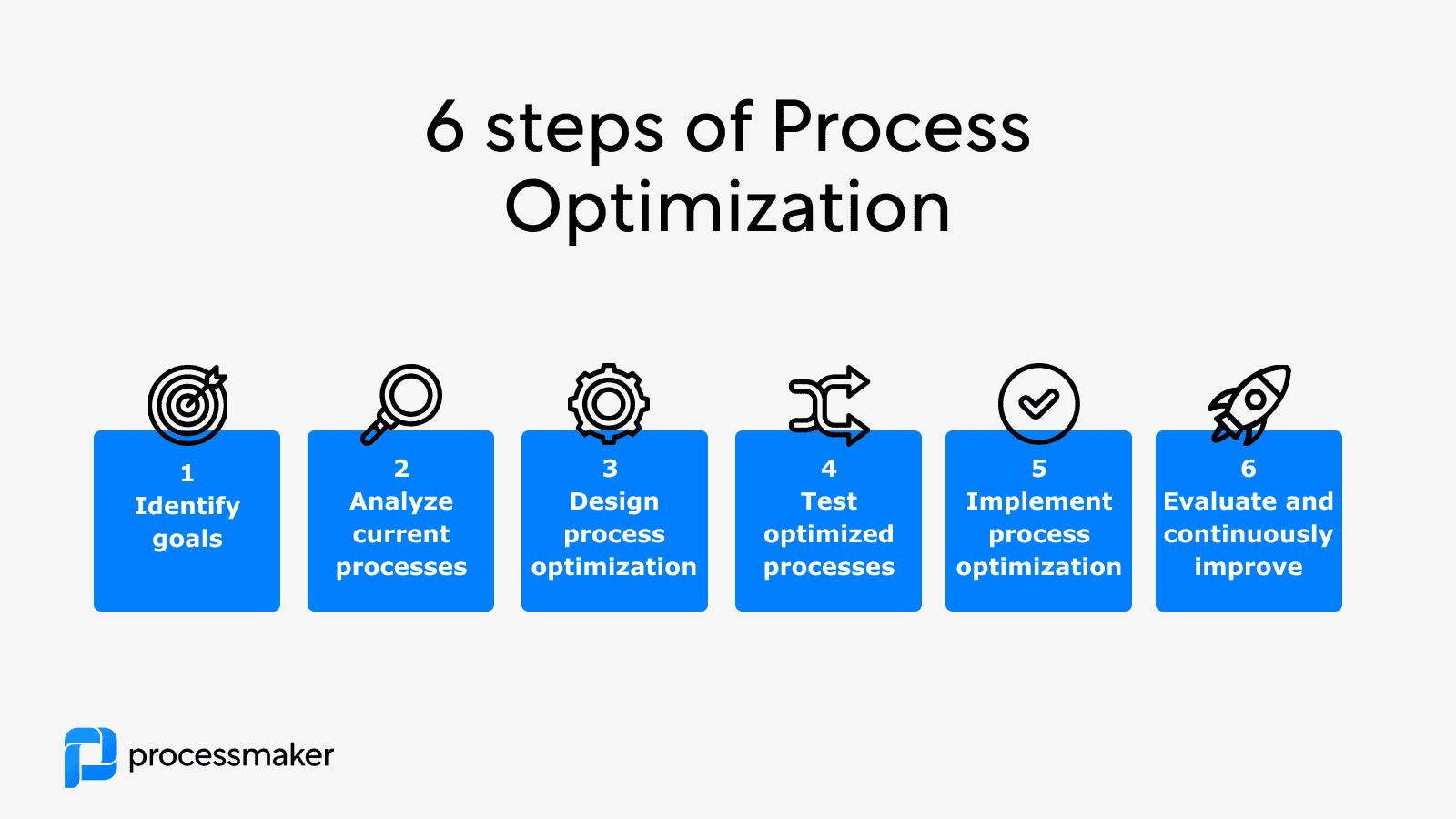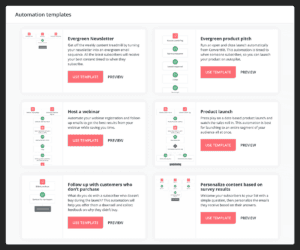Process Optimization: Boost Efficiency and Drive Business Growth
Process optimization involves improving and streamlining workflows, making them more efficient and productive. In the fast-paced world of automation, process optimization is key to ensuring that businesses can scale effectively while minimizing wasted resources. By refining processes, organizations can eliminate bottlenecks, enhance productivity, and ultimately increase their bottom line.
What is Process Optimization?
Process optimization refers to the practice of making workflows, procedures, and operations as efficient as possible by eliminating unnecessary steps and automating tasks where feasible. This often involves analyzing existing processes, identifying areas for improvement, and implementing changes that lead to faster, more reliable outcomes.
For businesses using automation tools, process optimization is vital. When done correctly, it ensures that automated workflows are running smoothly and without waste, freeing up valuable time and resources that can be redirected towards business growth.
Benefits of Process Optimization
Process optimization is not just about speeding up operations; it’s about making them smarter. Some of the key benefits include:
- Increased Efficiency: By cutting out redundant steps and automating tasks, businesses can complete operations more quickly and with fewer errors.
- Cost Reduction: Optimized processes minimize waste, which in turn reduces the costs associated with manual tasks, errors, and delays.
- Scalability: Well-optimized processes can easily be scaled as the business grows, ensuring that increased demand does not create bottlenecks.
- Improved Customer Satisfaction: When processes are optimized, businesses can respond faster and more effectively to customer needs, improving the overall customer experience.
Top Tools for Process Optimization
1. Zapier
Zapier is a versatile tool that enables businesses to optimize their workflows by automating routine tasks across thousands of apps. With Zapier, you can integrate multiple platforms and streamline your processes without needing coding skills.
2. Trello
Trello is a simple yet powerful tool that helps businesses manage tasks and workflows. With its automation features, businesses can optimize their processes by automating task assignments, notifications, and workflow progressions.
3. Asana
Asana allows teams to optimize their processes by organizing workflows and tracking tasks efficiently. Asana’s automation features reduce the need for manual updates, ensuring that team members stay on track with minimal effort.
4. Monday.com
Monday.com simplifies process optimization with customizable workflows that businesses can adapt to their specific needs. Its automation features allow businesses to streamline project management and improve overall efficiency.
How Process Optimization Enhances Automation
Automation is at its most effective when processes are optimized. Without well-thought-out workflows, even the most advanced automation tools can fall short. Here’s how process optimization works hand-in-hand with automation:
- Reduces Redundancies: By eliminating repetitive tasks and integrating systems, process optimization helps businesses maximize the benefits of automation.
- Ensures Consistency: Optimized processes ensure that automated workflows are consistent, delivering the same results each time without manual intervention.
- Supports Growth: As businesses grow, optimized processes allow for seamless scaling without the need to overhaul existing workflows.
FAQs About Process Optimization
What is process optimization?
Process optimization involves analyzing and improving workflows to make them as efficient as possible by eliminating redundancies and automating tasks.
Why is process optimization important for automation?
Automation is only as effective as the processes behind it. Optimized processes ensure that automated tasks run smoothly and consistently, maximizing efficiency.
Which process optimization tool is best for small businesses?
Zapier is ideal for small businesses because of its ease of use and ability to integrate with thousands of apps without needing technical skills.
How does process optimization reduce costs?
By eliminating inefficiencies and automating tasks, process optimization reduces the need for manual intervention and minimizes the risk of costly errors or delays.
Can process optimization scale with my business?
Yes, optimized processes are designed to scale, allowing businesses to grow without introducing new bottlenecks or inefficiencies.
Top Tools to Simplify and Scale Your Business
- Zapier: A powerful automation tool that helps businesses optimize workflows by automating tasks across thousands of apps.
- Trello: A task and project management tool with automation features to streamline workflow progression and task assignments.
- Asana: Helps businesses organize tasks and optimize workflows by automating updates and tracking project progress.
- Monday.com: A customizable workflow tool that allows businesses to optimize project management and enhance productivity through automation.
Keywords:
process optimization, workflow optimization, automation tools, efficiency tools, Zapier alternatives, task management, business scalability







